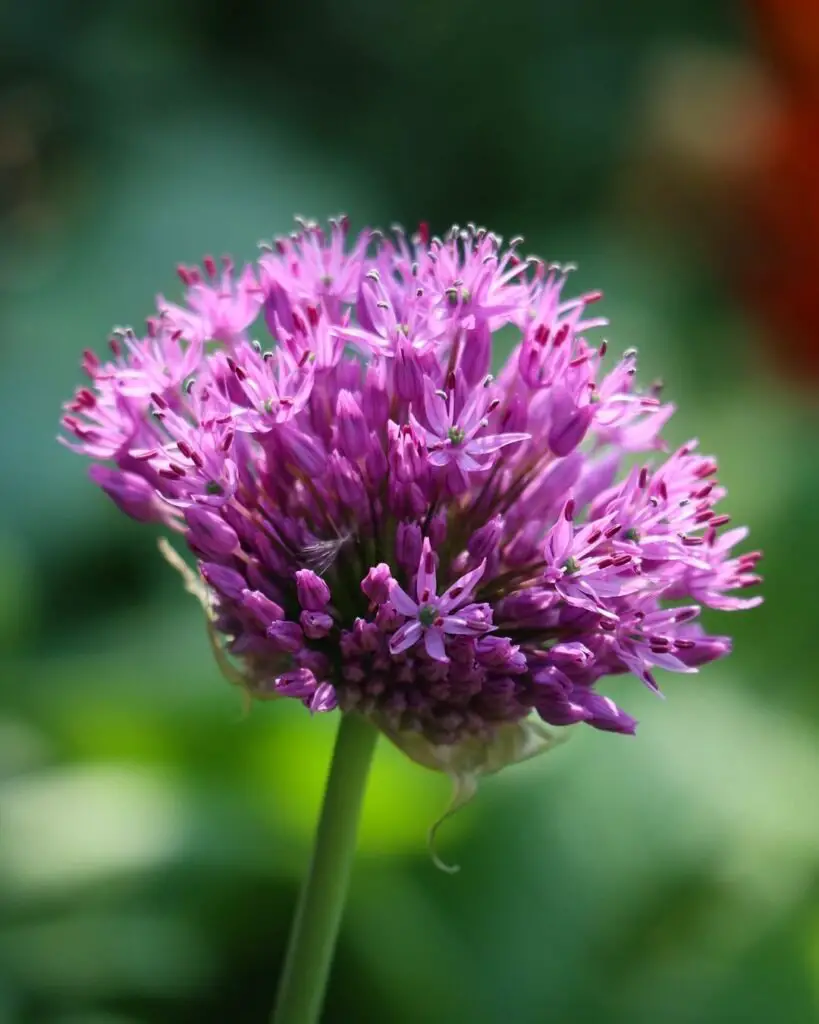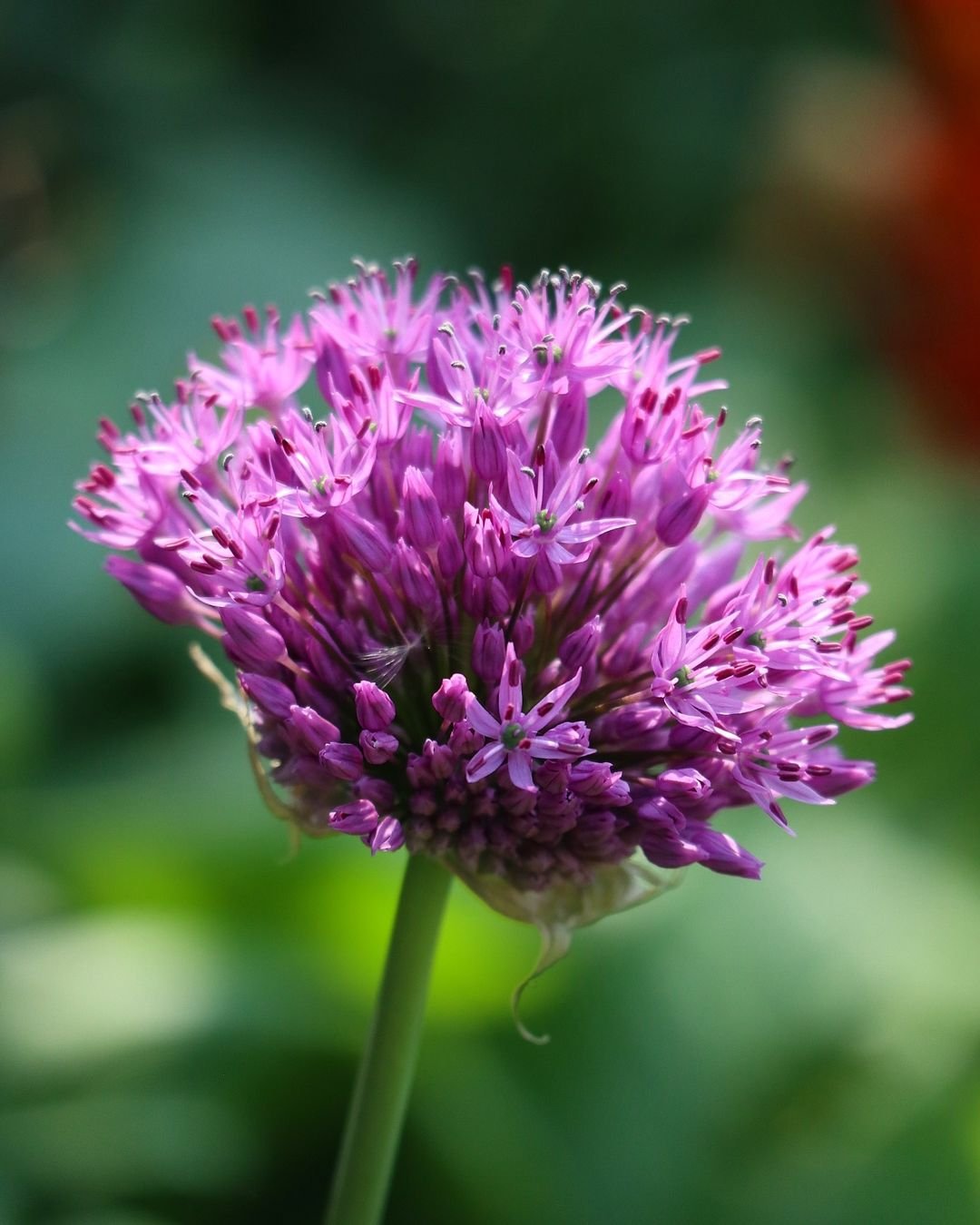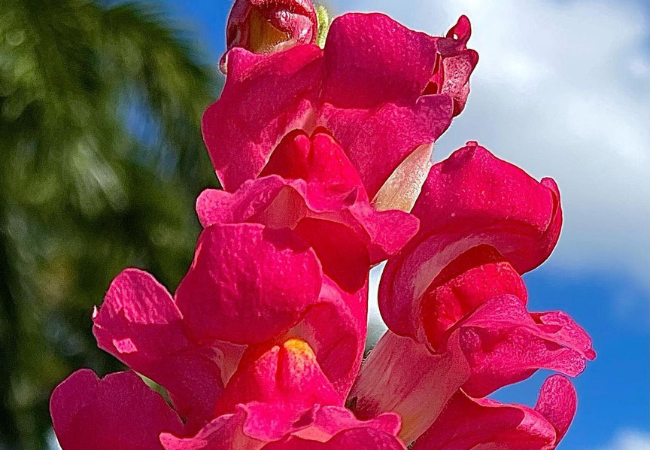Discover everything about Allium flowers—types, symbolism, how to grow, and where to buy. Ashley Scott shares 10 years of gardening tips for these stunning blooms!
Hey there, fellow garden enthusiasts! I’m Ashley Scott, and with over 10 years of gardening experience, I’ve fallen in love with countless plants—but few have captured my heart quite like Allium flowers. If you’re looking for a bloom that’s both stunning and low-maintenance, you’re in the right place. In this guide, I’ll share everything I’ve learned about Allium flowers, answering your burning questions and helping you bring these beauties into your garden or home.
What are Allium Flowers?

Allium flowers are ornamental plants from the same family as onions, garlic, and chives—yep, they’re edible relatives with a prettier face! Known for their globe-shaped flower heads perched atop tall, slender stems, Alliums come in colors like white, pink, purple, and even green. They’re a gardener’s dream because they’re not only gorgeous but also hardy and versatile.
I first spotted Alliums at a local nursery years ago, and their unique spherical blooms instantly hooked me. I planted a few in my backyard, and they’ve been stealing the show ever since. Whether you’re growing them in your garden or using them as cut flowers, Alliums bring something special to the table.
Types of Allium Flowers
With over 700 species, Alliums offer something for everyone. Here are some popular types of Allium flowers I’ve grown or admired:
- Giant Allium (Allium giganteum): These are the rockstars of the Allium world, with flower heads up to 6 inches wide. Perfect for making a bold statement.
- Purple Sensation (Allium aflatunense): A vibrant purple variety that’s a staple in my garden for its medium-sized, eye-catching blooms.
- Drumstick Allium (Allium sphaerocephalon): Smaller, egg-shaped heads that shift from green to reddish-purple—super quirky and fun.
- White Allium Flowers (Allium ‘Mount Everest’): Elegant and pure white, these are ideal for a classy touch indoors or out.
- Pink Allium Flowers: Varieties like Allium roseum add a soft, romantic vibe.
Wondering about indoor Allium flowers versus outdoor Allium flowers? Most Alliums thrive outdoors, but smaller types can work indoors in pots if you’ve got a sunny spot. I’ve tried growing drumstick Alliums on my windowsill with decent success!
Symbolism and Meaning of Allium Flowers
Beyond their looks, Alliums carry some cool symbolism. In the flower world, Allium flower symbolism includes unity, patience, and good fortune—thanks to their perfectly round shape. They’re often seen as a sign of wholeness and harmony.
I once gifted a bouquet with dried Allium flowers to a friend for her housewarming, tying in that unity vibe. She loved the story behind them! They’re also a popular pick for weddings or celebrations, adding both beauty and meaning.
How to Grow Allium Flowers
Ready to grow your own? Here’s my tried-and-true guide to planting and caring for Allium flowers.
Planting Allium Flower Bulbs
- When to Plant: Fall is the sweet spot—about 6-8 weeks before the first hard frost. I usually aim for October in my zone.
- Soil Prep: Pick a sunny spot with well-draining soil. Alliums hate soggy feet, so avoid heavy clay if you can.
- Depth: Plant Allium flower bulbs 3 times as deep as their height—think 6-8 inches for big ones like Giant Alliums.
Care Tips
- Watering: Keep the soil moist during spring growth, but ease off once they’re established. They’re pretty drought-tolerant.
- Sunlight: Full sun is key—6+ hours a day keeps them happy.
- Fertilizing: I toss some bulb fertilizer in the spring for an extra boost, but they’re not picky.
Allium Flower Bloom Time
Most Alliums bloom in late spring or early summer. How long do Allium flowers last? About 2-3 weeks, though the dried heads stick around for months, adding texture to my garden.
Curious about how many Allium flowers per bulb? It depends—large bulbs often produce one big bloom, while smaller ones might give you a cluster of little flowers.
For more planting tips, check out my guide on How to Plant Bulbs in Your Garden over at USA Garden Web!
Buying Allium Flowers: Where and How
Whether you want bulbs, seeds, or cut blooms, here’s where to snag them:
Where to Buy Allium Flowers
- Online Allium Flowers: I’ve had luck with Amazon and Etsy for Allium flower bulbs and flower seeds Allium flowers. Specialty sites like Burpee are goldmines too.
- Allium Flowers Nearby: Hit up local nurseries in the fall for fresh bulbs—I love chatting with staff for tips!
- Price Allium Flowers: Bulbs range from $5-$15 each, depending on size and variety. Seeds are cheaper but take patience.
Looking for Allium flowers under $250? You’re in luck—most bulbs are budget-friendly, and a pack of 10-20 won’t break the bank.
Using Allium Flowers in Your Home and Garden
Alliums aren’t just for show—they’re super versatile:
- Alliums as Cut Flowers: Their tall stems and bold shapes make them bouquet stars. I’ve used giant Allium flowers as centerpieces, and wow, do they impress!
- Dried Allium Flowers: Post-bloom, they dry beautifully for crafts or decor.
- Are Allium Flowers Edible?: Yes! Can you eat Allium flowers? Absolutely—chive flowers add a mild onion kick to salads. I tried it once, and it was a fun twist.
Common Questions About Allium Flowers
Let’s tackle some FAQs I hear all the time:
Are Allium Flowers Perennial?
Yes! Allium flower perennial status means they’ll return yearly with proper care.
How Long Do Allium Flowers Last?
Blooms stick around for 2-3 weeks—perfect for enjoying their peak.
Do Deer Eat Allium Flowers?
Nope! Their oniony scent keeps deer away, which is a huge win in my deer-heavy area.
Can You Eat Allium Flowers?
Some, like chive blossoms, are edible and tasty—just double-check the variety.
What Are Allium Flower Colors?
Think purple, white, pink, green, and even greyish tones—tons of options!
For more perennial care tips, peek at my post on Caring for Perennial Flowers.
Conclusion: Why Allium Flowers Are a Must-Try
Allium flowers are a game-changer—beautiful, easy to grow, and packed with personality. From white Allium flowers to giant Allium flowers, there’s a variety for every taste. I’ve loved watching them bloom in my garden each spring, and I’m betting you will too.
Grab some bulbs this fall—I promise you won’t regret it. For more gardening goodies, swing by my site, USA Garden Hub. Happy planting!






